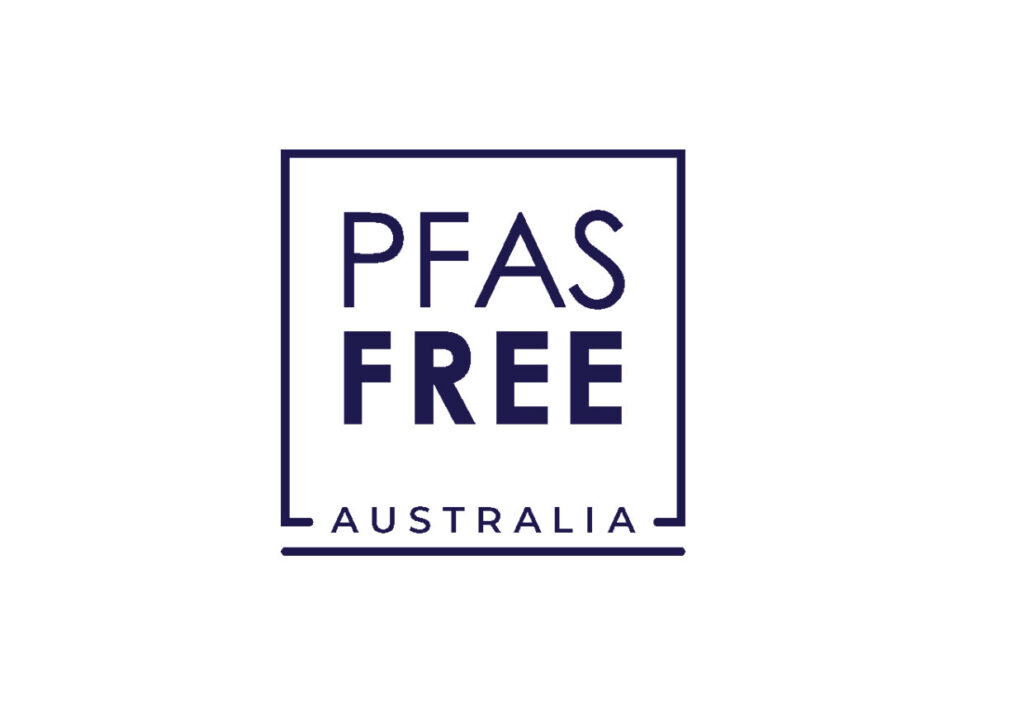PFAS Chemicals in drinking water? Is this all a bit of a storm in a teacup?
June 13, 2024
Recent news articles have identified a set of tests undertaken across Australia’s major cities and identified high levels of PFAS “Forever Chemicals” in the drinking water.
The other valued commentary to the headline is the levels are considered high when compared to the amendment in recent months by the FDA of the acceptable limits applied and routinely measured and reported across most of the US.
Not surprisingly, the levels across most States of the US were amended after the exposure and $50 billion fine leveled against chemical giant 3M for covering up the risk and widespread exposure to waste treatment practices from principal manufacturing sites.
3M have been exposed for methodically covering up the insidious impacts of exposure to the range of Forever Chemicals linked to a myriad of Cancers and associated ailments.
3M had been manufacturing Per and Polyfluoroalkyl chemicals since the 1950’s and this group of chemicals were widely used in applications for daily life where moisture and/or grease proof performance was expected. Primarily – food packaging, also as a stain resistant coating in cookware (Teflon), in Scotchgard, for some medical applications, in lipsticks and cosmetics, in adhesive, lubrication and sealing products, in wet weather and safety clothing and in firefighting foams.
Several weeks ago, STAN aired a new documentary that detailed the conduct and global cover up of 3M in respect to the PFAS group of chemicals and specifically identified the impact on a local community in Wreck Bay NSW. This idyllic country town lives in the shadow of an RAAF base and this base had for decades been the sight of extensive fire fighting training for the RAAF crews. This same community has watched the death and destruction of countless lives – young and elderly, from exposure to leached PFAS into the waterways, the coastal waters of the local bay with its picturesque swimming and fishing beach and the consumption of food grown in the area.
The unpleasant reality is that this is not a new discovery nor is it a surprising series of events – and frankly no one should be surprised by the news that increased levels of PFAS can be easily measured in drinking water.
Remember – these are forever chemicals, so every single molecule made and used in products manufactured since the 1950’s still exist. They don’t go away, they don’t break down and they bioaccumulate. PFAS has been found in Polar Bears, in deep see fish and in every sample of human blood.
In 1970, with the scope of internal reviews having highlighted some concerns for risk, 3M and their major client DuPont commenced a process of testing the blood of workers across the manufacturing sites. To validate the sampling, they sought a baseline control of “clean blood”, but could not find any. No sample taken from the general population, infants or elderly non-local residents could be classified as clean blood. A global search failed to identify any blood samples that did not contain PFAS. It wasn’t until researchers secured archive blood samples from enlisted members of the US Army at the start of the Korean War, could any clean blood act as a control for the presence of PFAS.
The real issue isn’t that we now have an awareness of the existence of these nasty chemicals – it is that we don’t have a plan to deal with them and we don’t regulate their use. Self-regulation is seen as the best solution from most legislative viewpoints, but the EU and many States in the US have a different view to Australia.
Since 2018, PFAS-free Australia has been independently testing products widely used in Australian’s daily life and the results are not only illuminating – they are concerning.
Our greater concern however, is the variation in results achieved from different methods of testing and the fact that there is no standard or benchmark. Certainly not in Australia.
There are many different methodologies that can be used to measure PFAS in both liquid and solid forms and yet Australia’s primary research into PFAS levels in food contact packaging used a testing method that was discontinued in the US in the 1970’s.
PFAS-free Australia tested several samples of fast-food burger wrappers under acknowledged control protocols using the test method recommended by Planet Ark and APCO and obtained readings from the Government supported test laboratory.
These samples delivered a result of 38 parts per million.
The same samples tested using the US and EU recognized test protocol delivered results in excess of 700 parts per million.
But the US and EU acknowledge the acceptable level is below 100 parts per million.
The test most widely used locally only measures the surface of the product and makes no provision for the potential of a surface coating to mask the underlying content.
The storm that is brewing in the proverbial teacup is not frankly about the presence of PFAS in our drinking water! It is so much more, and so complicated.
The first hard question is one that we each need to ask ourselves. Do we really need to be “princesses” about convenience. Let’s be honest – do we really need that paper bag to be completely grease proof for the kids’ lunches? Does the liner on that spray jacket have to provide waterproof performance capable of withstanding a Southern Ocean storm? Can we put up with having to maybe scrub the odd cooking utensil when it gets a little dirty rather than just simply wipe it with a paper towel.
The reality is we all appreciate the convenience and we have grown soft for it. Equally there are alternatives for most of these items and applications – but they cost a little bit more to make, coat, distribute, license and so on…and they don’t contain PFAS.
Accepting that PFAS is a problem that exists is finally now a reality. Certainly, when PFAS-free Australia commenced independently testing consumer and packaging products in 2018 PFAS was broadly a nonevent and spoken about in hushed tones – mostly by the knowledgeable few in companies that widely profited from the use or application of PFAS in the products that they made, distributed or sold to unsuspecting Australian consumers.
State and local government, nor district councils can agree on the practical and functional processes that can be delivered across the country to manage waste disposal – that same waste that contains PFAS.
That waste and any methodology for managing its re-circularity or decontamination of landfills and compost processing, only continues to further the impact of PFAS as an environmental contaminant for future generations.
Who is going to manage or pay for the remediation that is needed for the extensive damage these chemicals leave on our community, our society, our healthcare system and perhaps most importantly our lives and those of future generations?
The problem isn’t going away, and a “National Plan” appears to be a series of band aids that successive governments hide behind and roll out when the questions get asked. Simply put we have to stop PFAS from being used (and reused) in every conceivable application and we need to implement a standard that has acceptance on a global scale that allows accountability for source suppliers to be held to task. It cannot be an approach that specifies or bans individual PFAS it must be the entire class of synthetic man-made chemicals. The last estimate was in excess of 14,000 variants.
Dumping cheap products into the consumer market that mask the presence of PFAS can be prevented. Supporting alternate (and perhaps slightly more expensive) PFAS-free products needs to be championed and celebrated. Educating society and future generations about the impact, risk and decisions that need to be made as consumers must become a function of all manufacturers and industry groups. Stewardship strategies need to be mandatory for manufacturers and distributors where ongoing liabilities exist, or product phase outs are in place.
So, while we sit back and enjoy a cup of tea in that conveniently disposable PFAS-free cup, made from a tea bag that isn’t coated with PFAS, on our couch that isn’t Scotchgarded, our thoughts shift back to where this all started and some basic realistic targets.
PFAS-free Australia believes the responsible steps down this path begin with identifying those products that are truly PFAS-free. These products are also therefore acknowledged for their commitment to sustainability and the potential to support and further develop a truly Circular Economy. To prevent the input to our environment and our human existence of any further PFAS compounds or derivatives and to ensure the data collected in the pursuit of the PFAS-free strategy is available to industry for benchmarking performance and prosperous future investment in a sustainable economy.
The PFAS-free Trademark provides an independent and globally recognized standard – holding products, manufacturers, distributors, industry regulators and agents to account.
All rights reserved to PFAS Free Australia.


